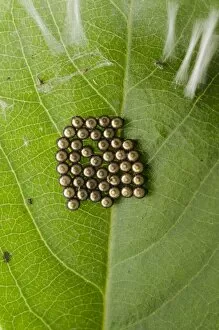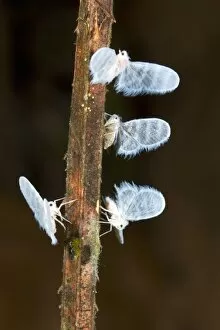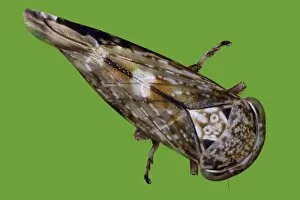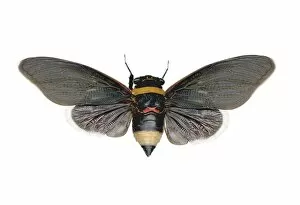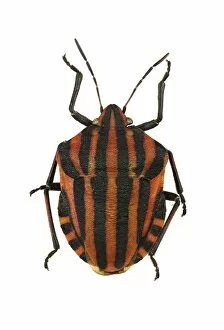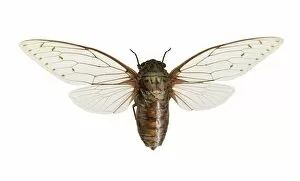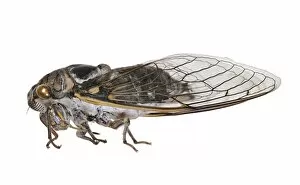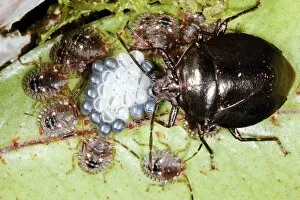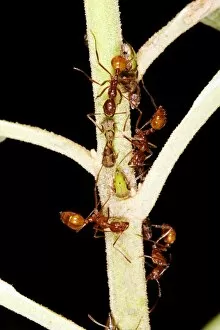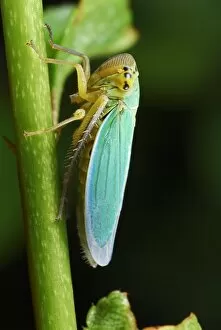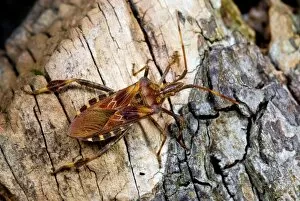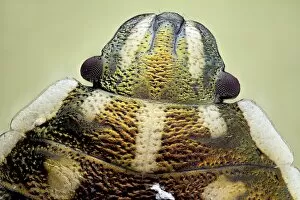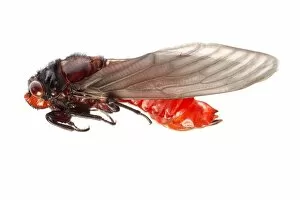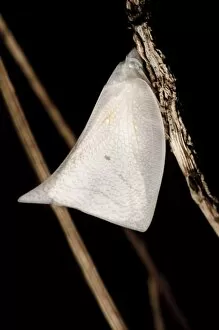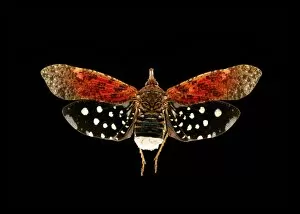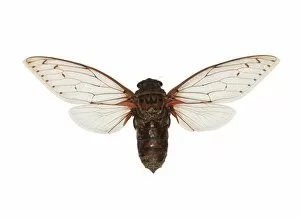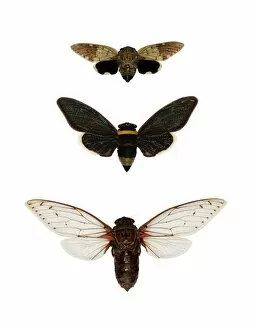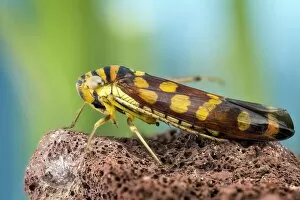Hemipteran Collection
Hemipterans, also known as true bugs, are a diverse group of insects that belong to the order Hemiptera
All Professionally Made to Order for Quick Shipping
Hemipterans, also known as true bugs, are a diverse group of insects that belong to the order Hemiptera. From the enchanting little owl cicada to the fascinating long-winged planthoppers on a plant stem, these creatures captivate with their unique features and behaviors. One can't help but marvel at the treehopper larvae and adults, whose intricate patterns resemble thorns or antlers. Their remarkable camouflage allows them to blend seamlessly into their surroundings. And speaking of camouflage, have you ever seen a froghopper head up close? Its peculiar structure resembles a tiny frog's face. But it's not just their appearances that make hemipterans intriguing; they possess incredible abilities too. Take the assassin bug on a leaf for example - this stealthy predator lurks in wait for its unsuspecting prey before swiftly striking with deadly precision. Cicadas are another well-known member of this insect order. With their distinctive buzzing songs filling warm summer days, they create an unmistakable soundtrack of nature. The cicada's wings shimmer like stained glass when caught in sunlight, showcasing nature's artistry. Amongst the various species is the minstrel bug - its vibrant colors reminiscent of an artist's palette. This small creature adds splashes of beauty wherever it goes. And let us not forget about the empress cicada. Adorned with regal hues and delicate wings, it truly lives up to its majestic name. Hemipterans encompass an astonishing array of forms and lifestyles within their ranks. Whether it be mimicking other organisms or displaying stunning visual displays, these insects continue to amaze scientists and nature enthusiasts alike. So next time you encounter one of these captivating creatures in your garden or out in nature, take a moment to appreciate their intricacies and remember how much wonder lies within our world’s smallest inhabitants – such as hemipterans.


